My gear of the year for 2021 features a classic mix of Simon von Bromley things; fast wheels, a wax-based chain lube, an aero bike, some incredibly narrow handlebars and short cranks.
If you had your von Bromley Bingo card at the ready, well done to those who got every single one.
I jest, but I am genuinely quite pleased with some of the topics I managed to cover this year, and some of the unusual and exotic bikes and pieces of kit I got to try out.
Hopefully, some of you will have found reading my deep dives into these obscure topics as interesting as I did writing them, and thanks, as always, to my editors for indulging my strange obsessions.
Prime 343 carbon rear disc wheel and BlackEdition 85 carbon front wheel
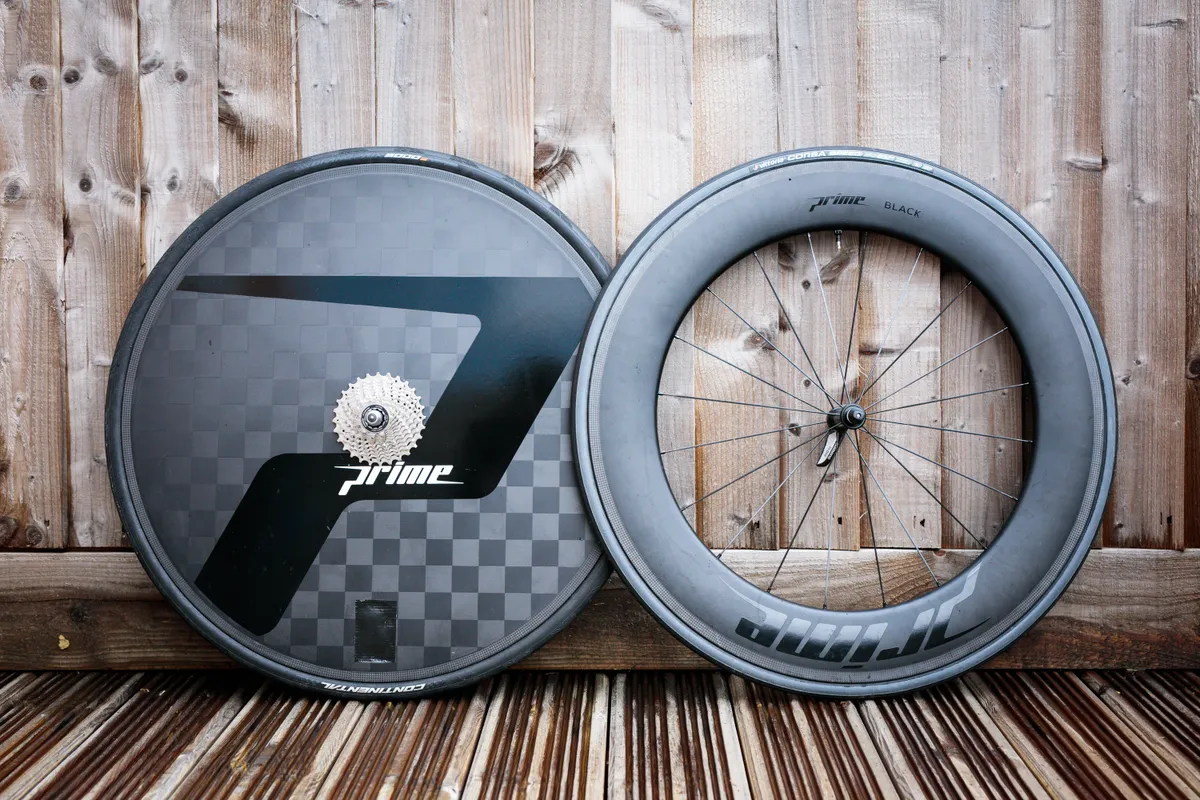
- Prime 343 carbon rear disc wheel £699.99
- Prime BlackEdition 85 carbon front wheel £499.99
While I didn’t get to do as much racing as I’d hoped this season, the handful of time trials I did with this wheelset were more than enough for it to thoroughly impress me.
The Prime 343 carbon rear disc wheel, for example, is an absolute bargain. Disc wheels are typically very expensive (especially considering they’re a race-day-only wheel), but at an RRP of £699.99, this is easily one of the most accessible options on the market.
I was also surprised by how well the BlackEdition 85 carbon front wheel handles, even on gusty days. I thought an 85mm-deep front rim would be too unruly for a lightweight rider like me to handle, but it hasn’t been an issue.
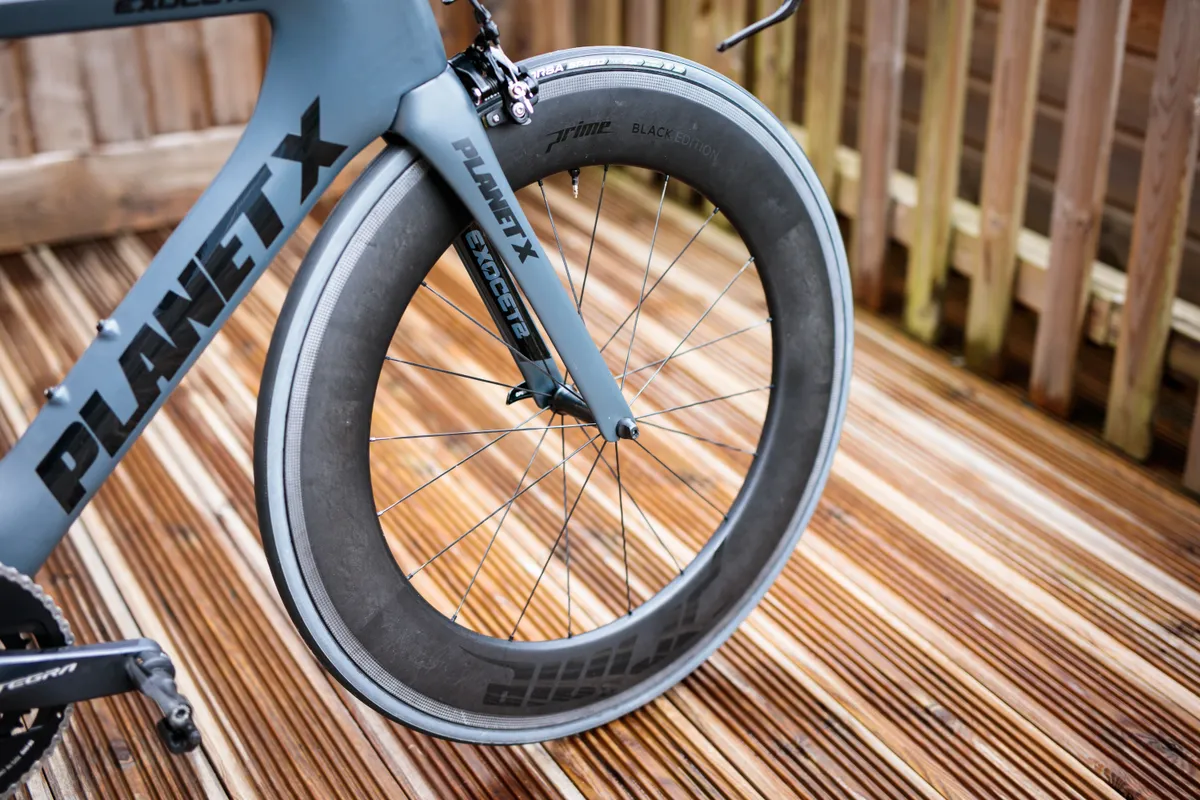
At an RRP of £499.99, this wheel is also incredibly cheap, and feels as though it should cost far more than it does.
The only compromise is wet-weather braking, which can’t compete with that of hydraulic disc brakes or rim braking on aluminium rims. Braking performance in the dry is great, but riding technical courses on wet days isn’t a pleasant experience.
Fortunately, that’s a fairly rare occurrence for a pure time trial wheelset such as this, so it’s not a deal-breaker for me.
CeramicSpeed UFO Drip lube
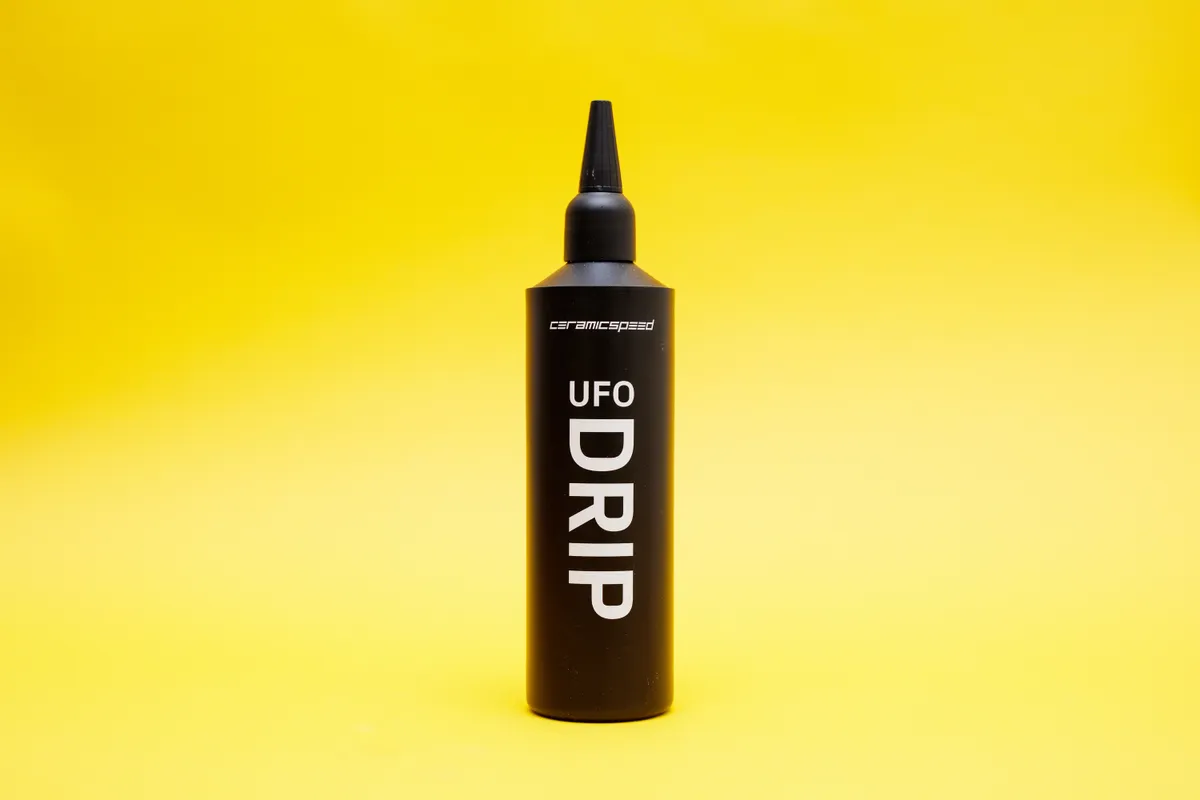
- Price: £36.95 / €40 / $45
Those familiar with my writing will know I’m a complete convert to immersive waxing bicycle chains, for both the efficiency and cleanliness benefits.
Having to remove your chain every time you need to lubricate your chain can be a hassle if you need to do it frequently.
When winter comes and the weather takes a turn for the worse, chains often need to be cleaned and re-lubricated after every ride (if you really care about having a clean bike), and you can end up burning through chain quick-links at a ridiculous rate.

In those situations, having a bottle of wax-based chain lube to top up a waxed chain and keep it running smoothly for a few more rides is convenient and less wasteful, and CeramicSpeed’s latest UFO Drip lube is my current favourite for doing just that.
Of all the wax-based drip lubes I’ve tried, UFO Drip is the one that gets closest to the cleanliness of a true immersive wax. It’s not quite on par, but it’s impressively close.
It’s not a cheap chain lube by any measure, but the new formula is far cheaper than the original. A cleaner drivetrain also generally means your parts will last longer, so it should prove cost-effective in the long run.
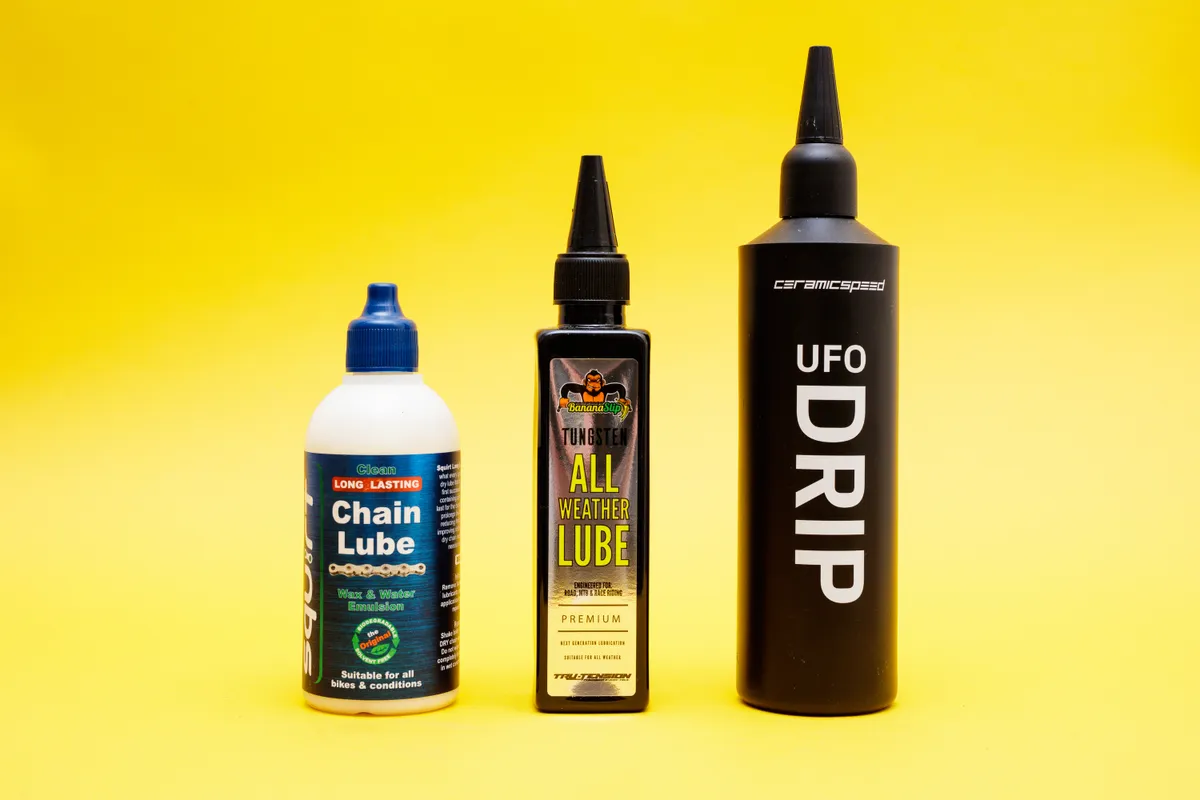
Cannondale SystemSix Hi-Mod eTap AXS
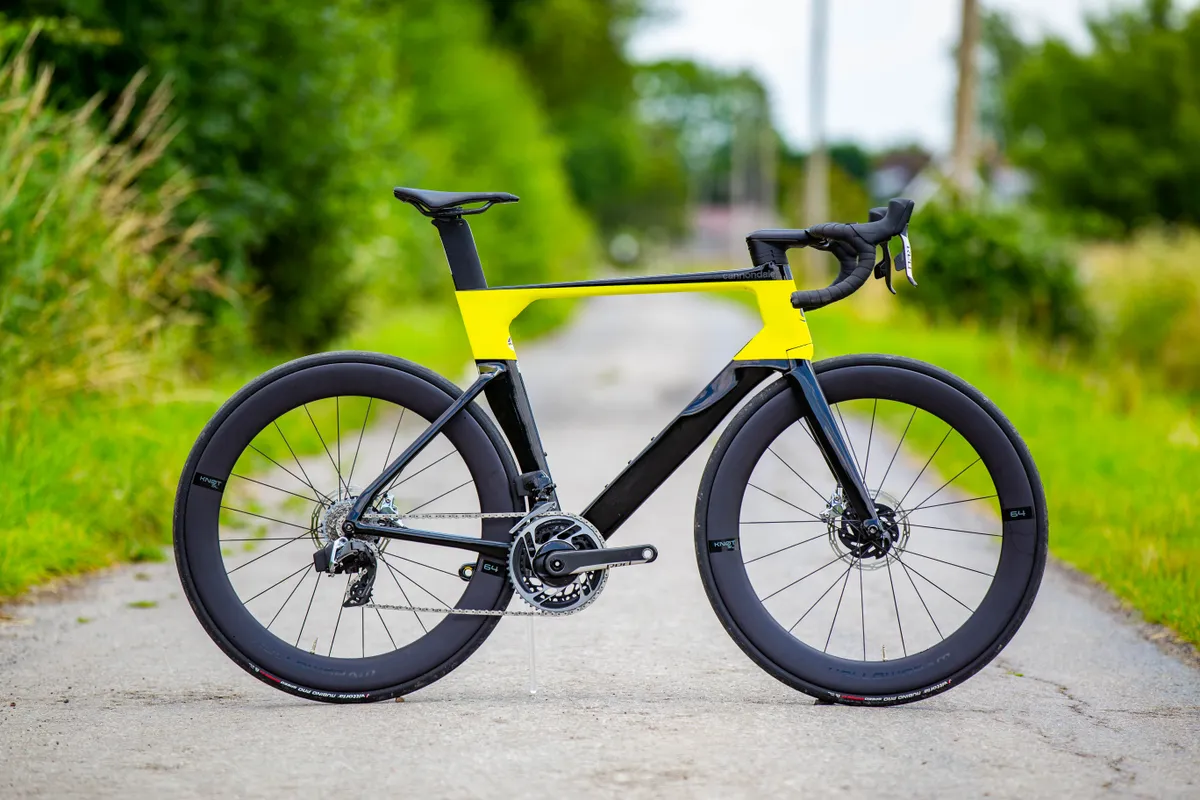
- Price: £10,500 / $13,000
Of all the bikes I reviewed this year, the Cannondale SystemSix Hi-Mod eTAP AXS is the one that sticks out. In fact, it received the only 5-star rating I awarded this year.
As I commented at the time, there are very few road bikes I’ve ridden that feel as fast as this one did. It’s fast with nimble handling, impressively comfortable and doesn’t overly compromise on adjustability.
Sure, it’s no featherweight hill-climb bike, but that doesn’t bother me one bit because the aero gains are well worth it. It’s easily one of the best aero road bikes currently available.
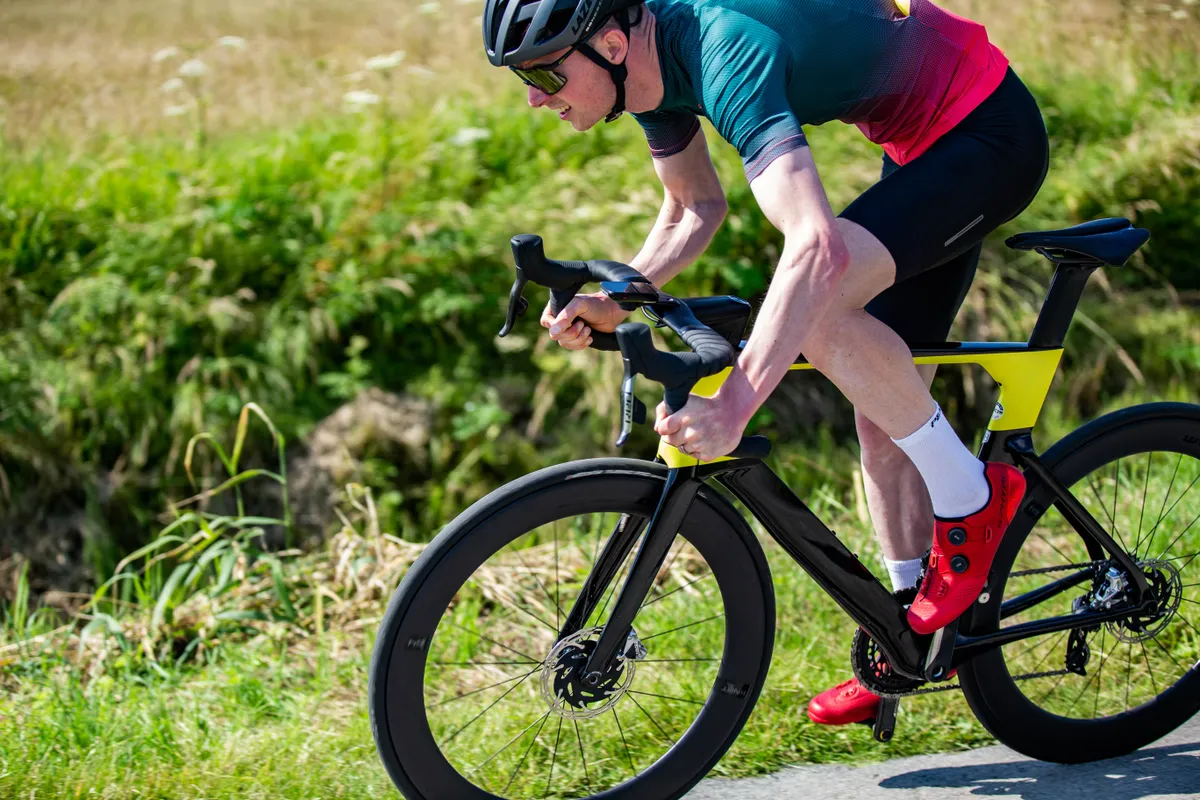
If I owned one, I’d likely swap the tyres for a tubeless-ready all-rounder such as the Schwalbe Pro One TLE or Continental GP5000 S TR, and customise the cockpit to get it narrower and longer, but otherwise it’s practically perfect (there’s a similarly priced build with Shimano Di2, if you prefer Shimano gearing).
Of course, this bike is a long way out of my price range (shock horror, the wages of a cycling tech journalist don’t accommodate purchasing a £10,500 bike), so I won’t be buying one, but it was great fun to ride for that all too brief test period.
Worx Track handlebars
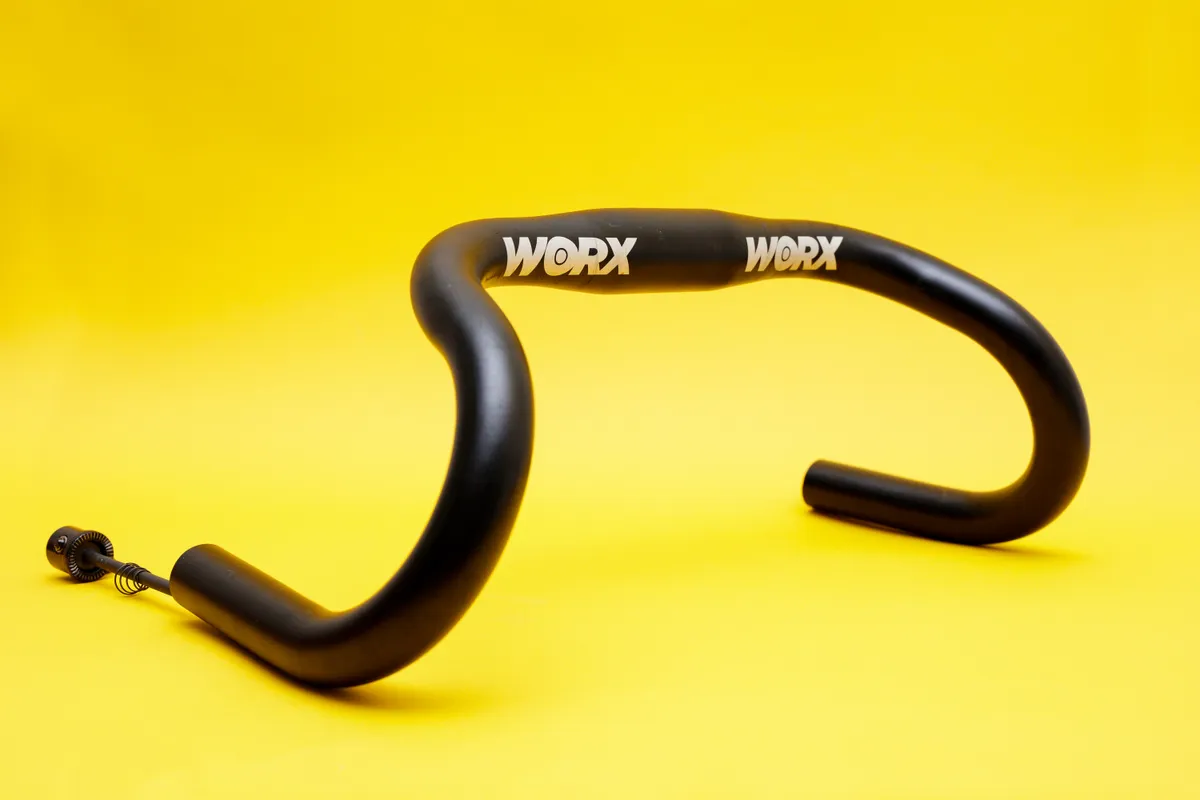
- Price: £99.99
Though these currently reside in my spare parts box, my time with Worx’s super-narrow track handlebars was very interesting, to say the least.
At just 26cm wide, centre to centre, at the hoods (33cm at the drops), this was the narrowest commercially available drop handlebar I could find.
I got them as part of a quest to answer a question that had been nagging at me for some time: when it comes to road handlebars, how narrow is too narrow?
To my surprise, they were perfectly fine to use on a road bike, most of the time. There were some drawbacks, of course, but fewer than I had imagined.
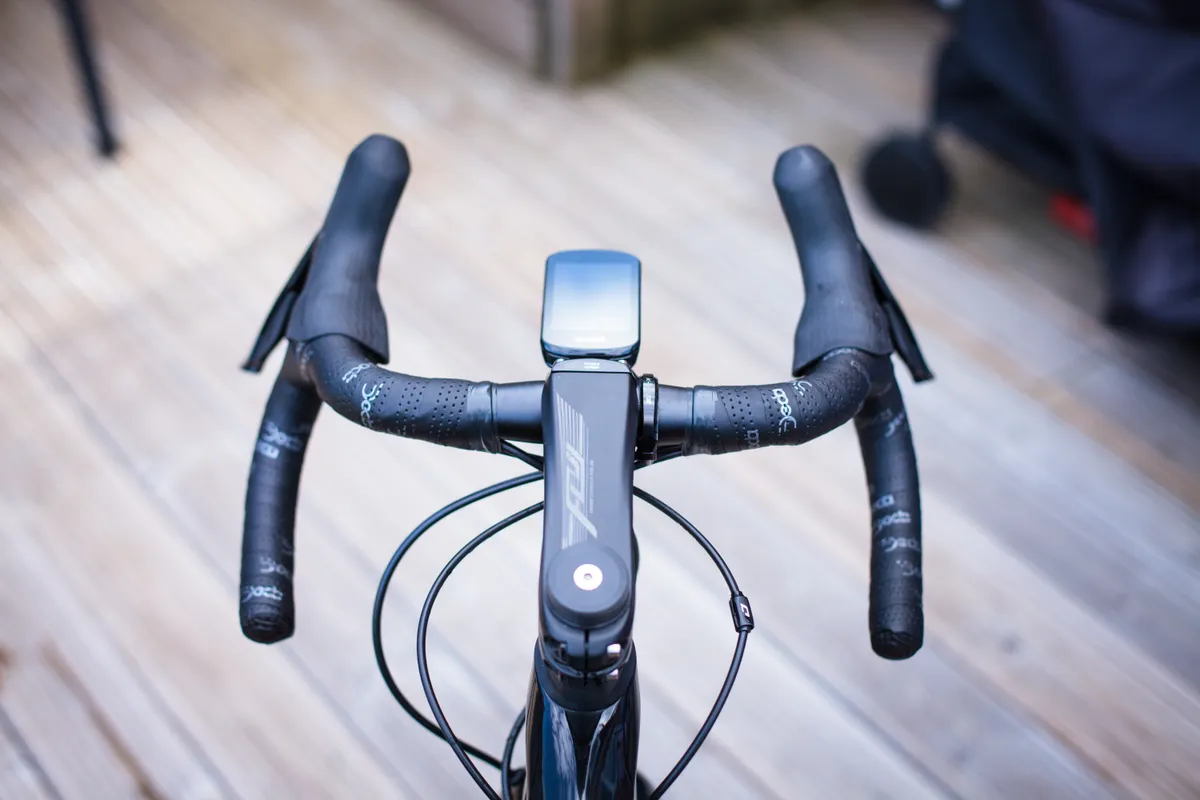
Were I still a road racer, I’d have seriously considered sticking with them, despite the rather ungainly way they look on the bike.
Unsurprisingly, they garnered their fair share of comments in response to both the article on BikeRadar.com and the video on our YouTube channel, but I was pleased to see the general consensus from our audience was nevertheless tilting towards narrower-than-standard handlebars.
Hopefully, bike and component manufacturers are paying attention too.
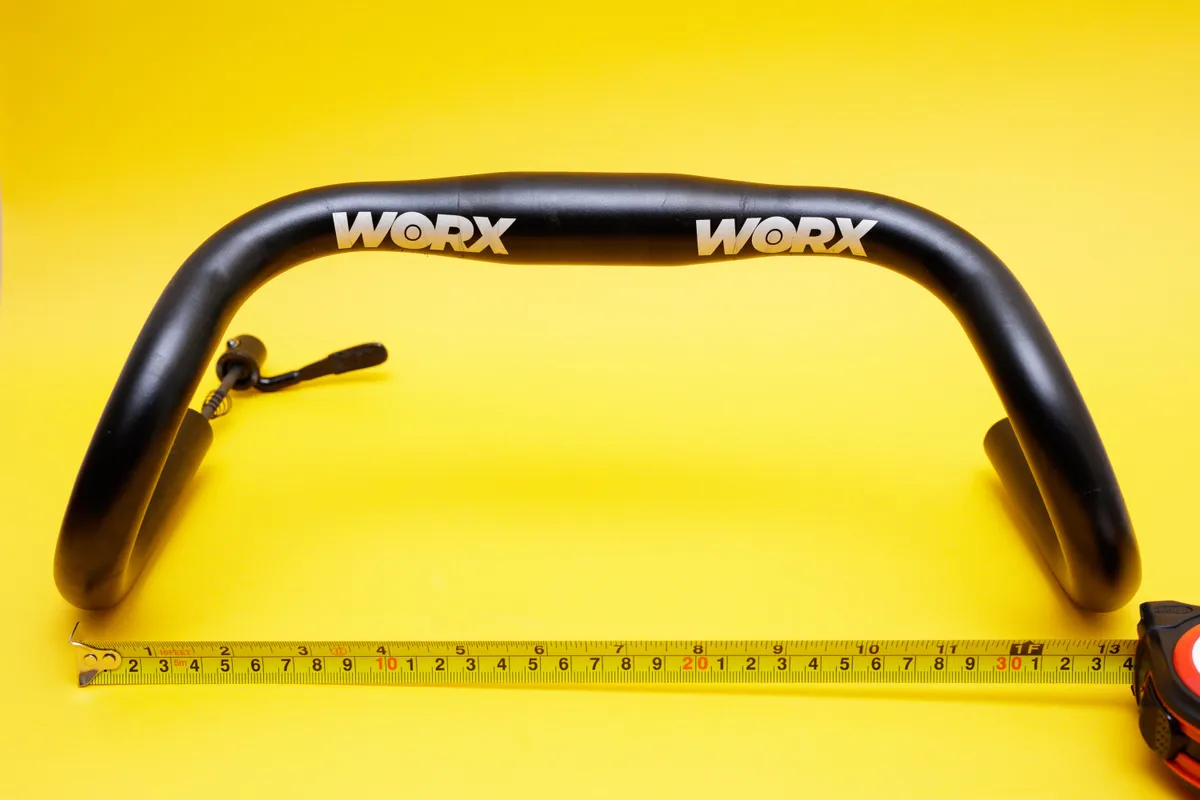
165mm Shimano Ultegra R8000 cranks
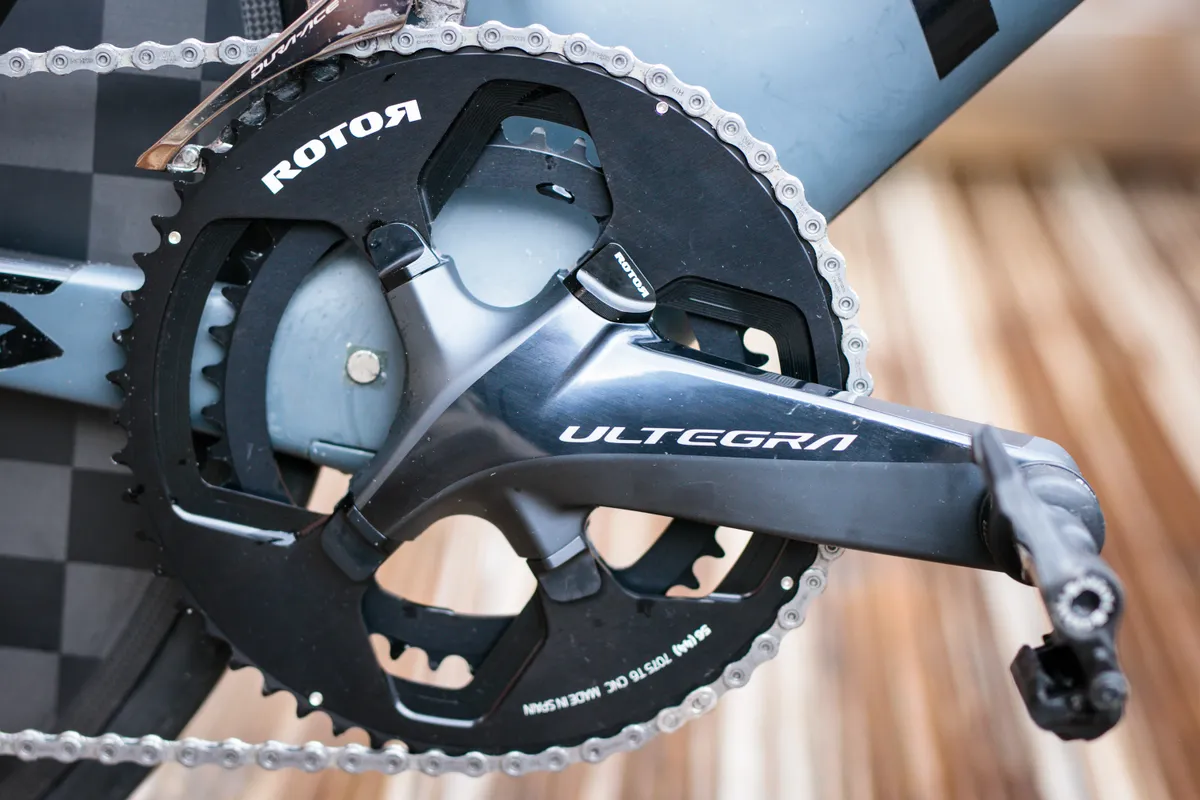
- Price: £270
Purchased for my time trial bike, as part of an in-depth investigation into the best crank length for cycling, I’m now completely sold on shorter cranks for bikes designed to be ridden with aggressively aerodynamic body positions.
When previously using 172.5mm cranks on my time trial bike, there was a 10 to 15 per cent drop-off in my functional threshold power, compared to riding on my road bike.
While I still can’t say with certainty whether I’ve clawed any or all of that back (my FTP hasn’t been particularly stable this year, for various reasons), I have been able to improve my position on the time trial bike and have bettered my times on local courses, so I’m fairly certain it’s been an improvement.
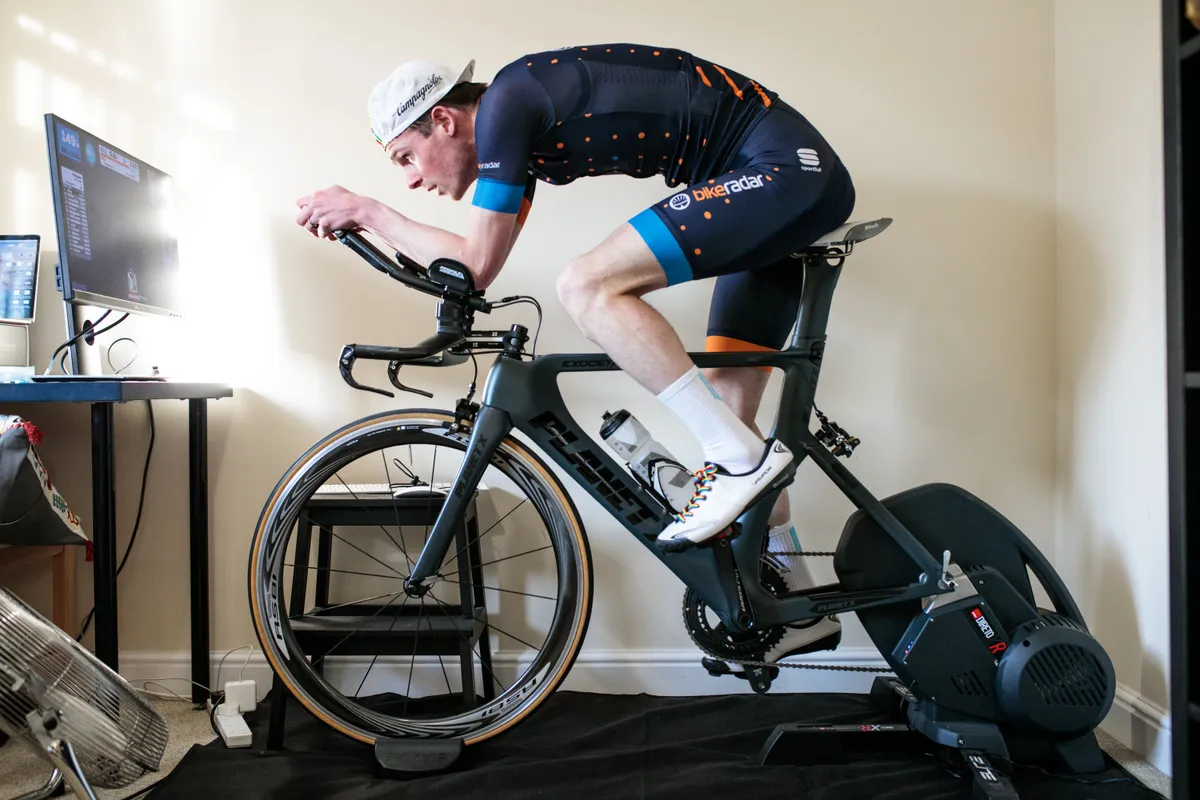
I’ve also found using the shorter cranks to be more comfortable, with noticeably less cramping at the hips when using my time trial bike.
The most important take-away from my research into the topic, though, was that power output isn’t affected by crank length, all else being equal, so we’re free to choose crank length for other reasons such as bike fit.
If it’s not something you’ve ever thought much about, it’s a topic well worth looking into.
